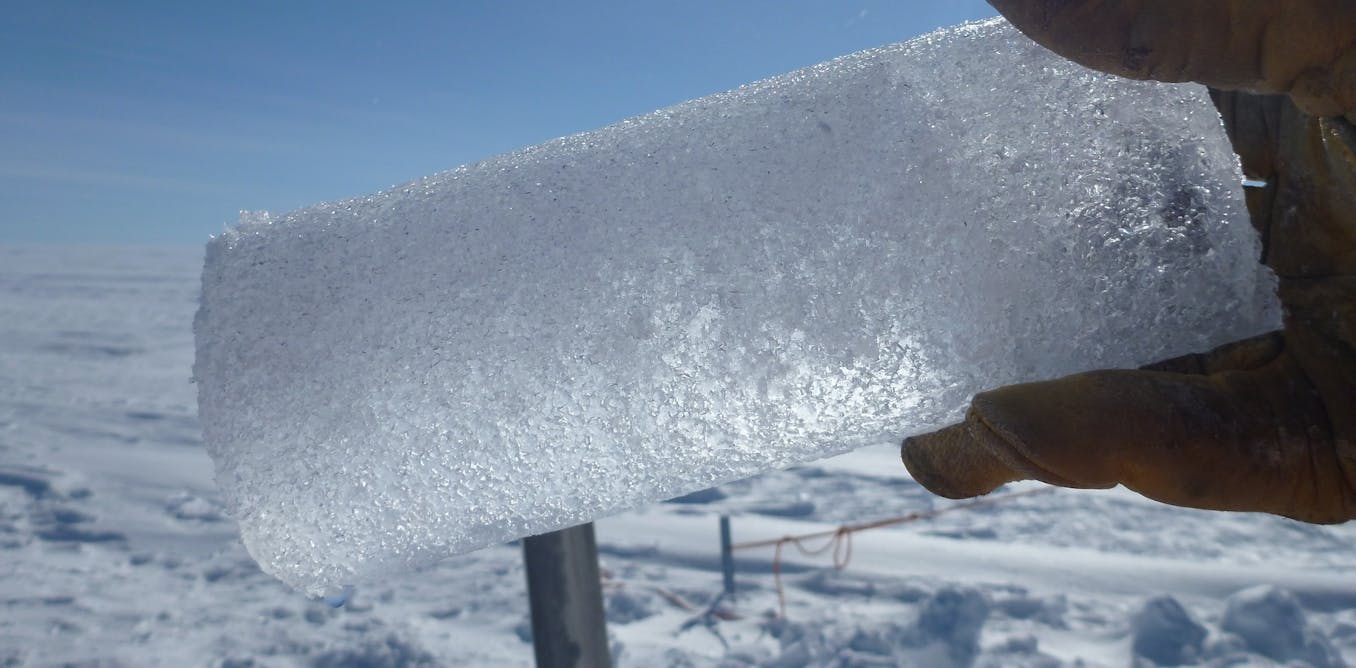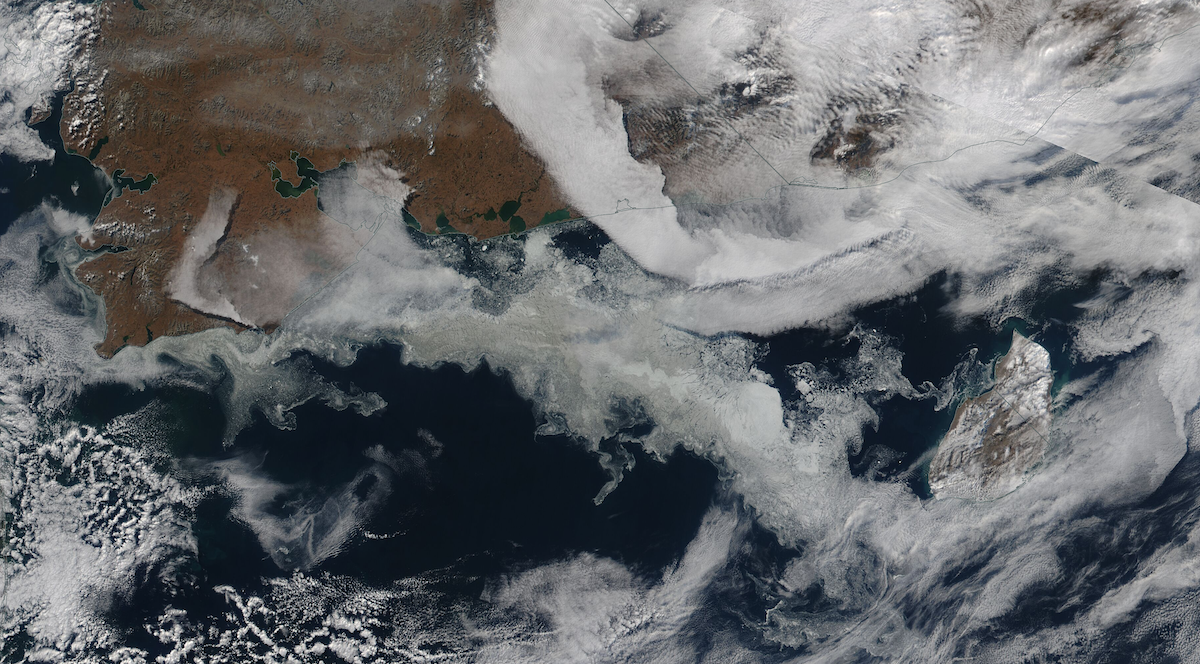Porky82
Well-known member
How's that head injury going??No one bothered to comment on this one, Greenland melting at 280 ppms or less of Co2 and probably warmer than todays supposed boiling weather/climate.

New Study Pins Time of Greenland’s Last Melting to Some 400,000 Years Ago
A study adds evidence that the Greenland Ice Sheet will be vulnerable to human-induced climate change in coming centuries.news.climate.columbia.edu





